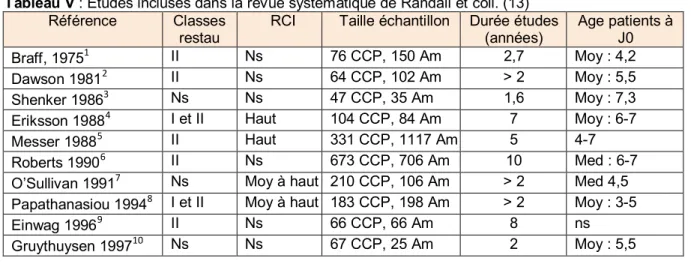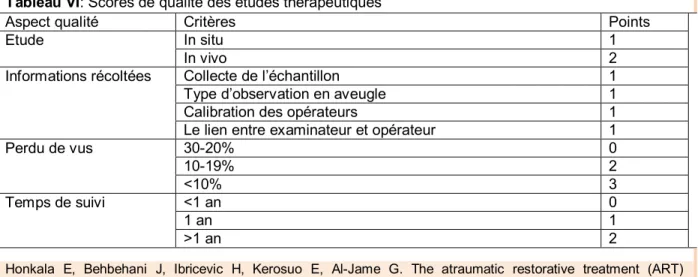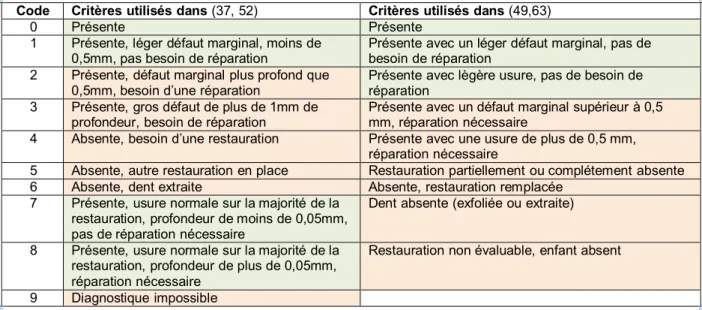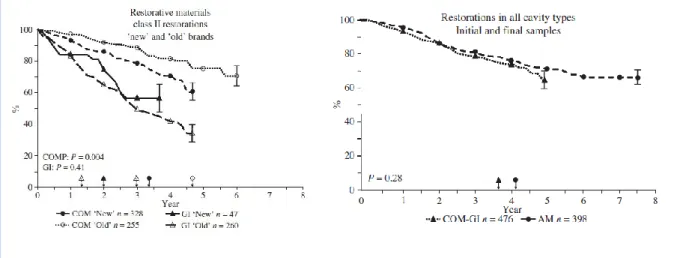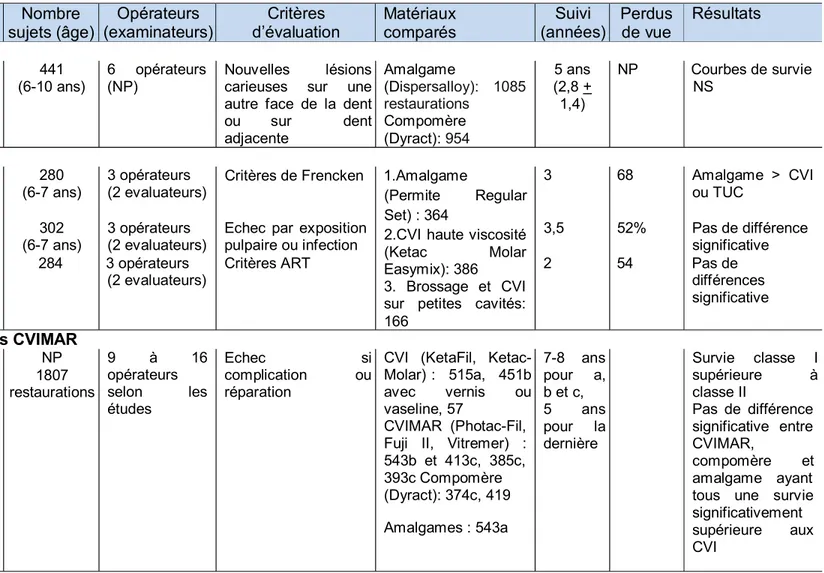La longévité des restaurations sur dents temporaires en fonction du matériau : revues systématiques de la littérature
Texte intégral
Figure
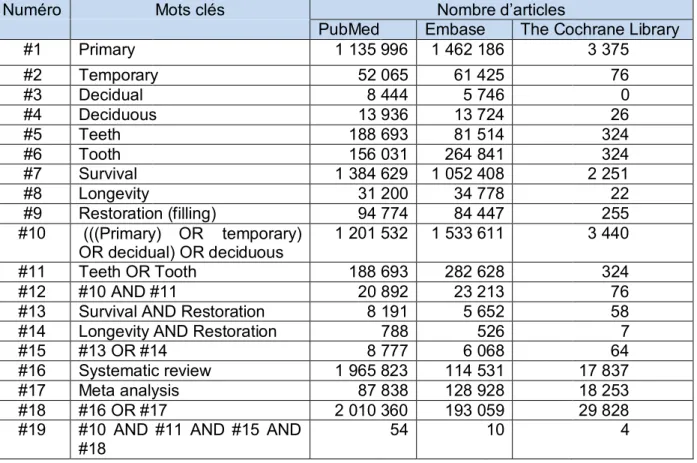

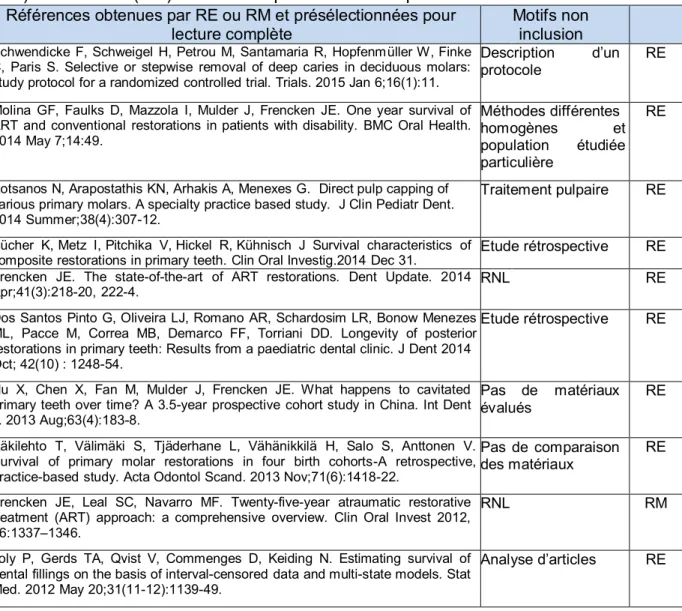
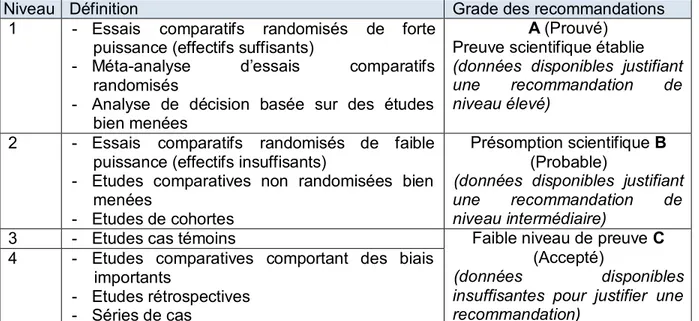
Documents relatifs
A higher proportion of natural sites had pre-Christian associa- tions than built and semi-natural ones (8 %, against 5 % and 4 % respectively), and such evidence was substantially
indicative for the mutated MMR gene and therefore the costs of subsequent germline mutation analysis was calculated for a single MMR gene ( € 620). Costs were related to the number
REQUESTS the Director-General to pursue, with the assistance of the Advisory Committee on Medical Research, the study of the scientific aspects of the clinical and
2 shows in situ images of two indirect resin-composite restorations split in half through the anatomical central groove: Case 1 (Fig. 2a) is a CAD/CAM made overlay (LAVA Ultimate)
The residual shrink- age of the composite resin cement is nondestruclively compensated by the deformation of the cavity walls on the order of 10 /im.'''This is not only true for
Thirty-nine conventional posterior composite fillings were placed according to the three-sited light curing technique using Tetric, a fine hybrid composite material, and Syntac,
clinical skills as narrative; the cross-referencing of content; the use of co-chairs from each stream to manage the curriculum; and the faculty development – enables the
The aim of this work was to characterize the initial wear kinetics of two different types of glass ionomer cement used in dentistry (the conventional glass ionomer cement and
